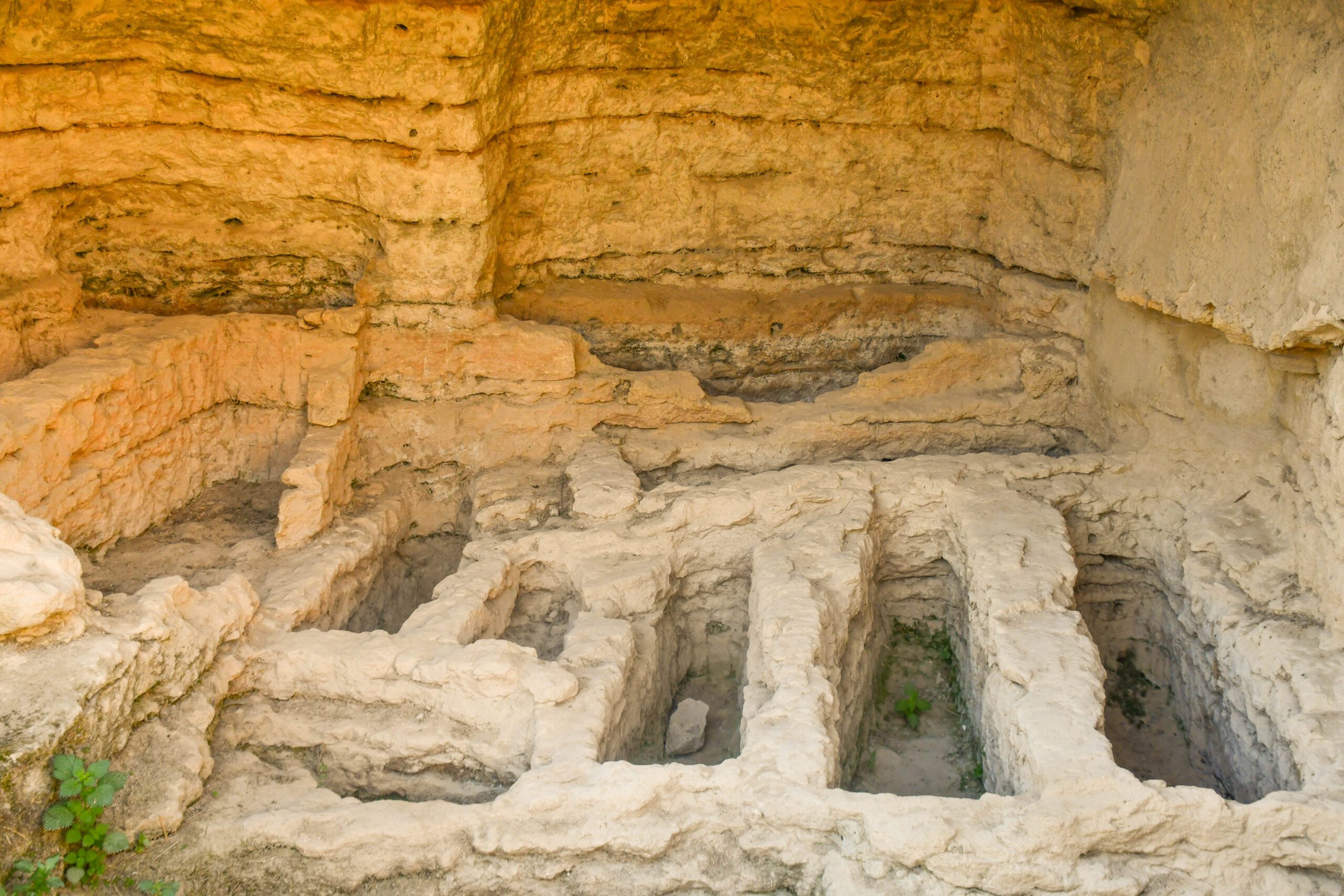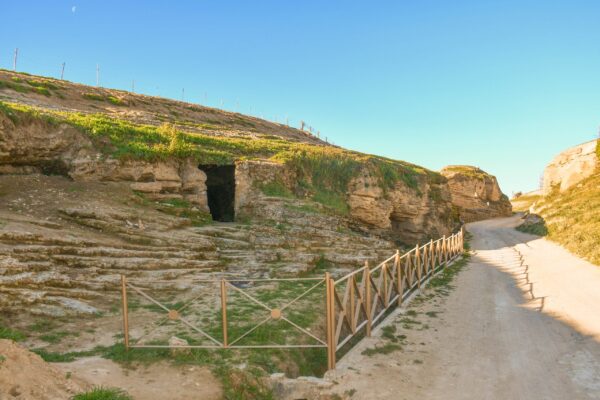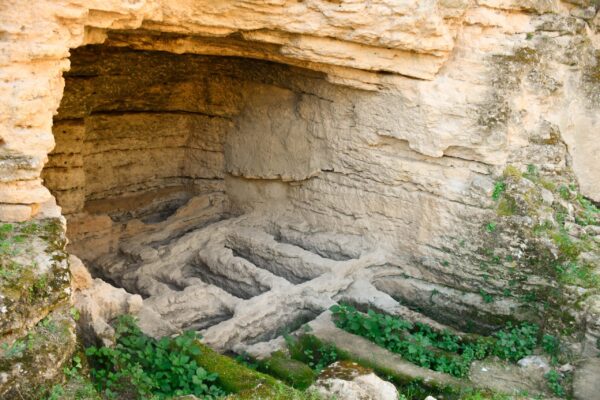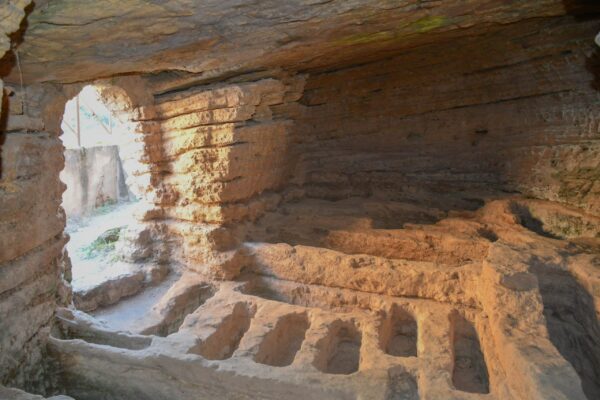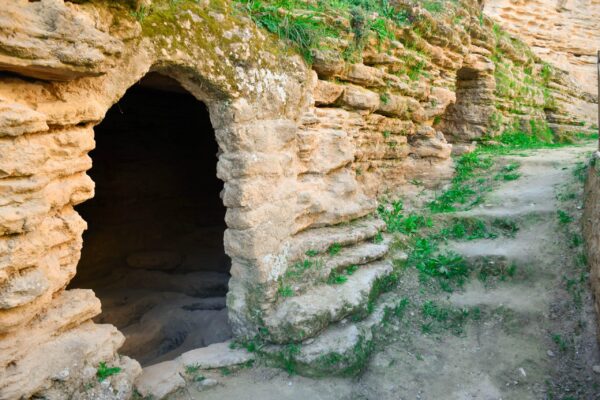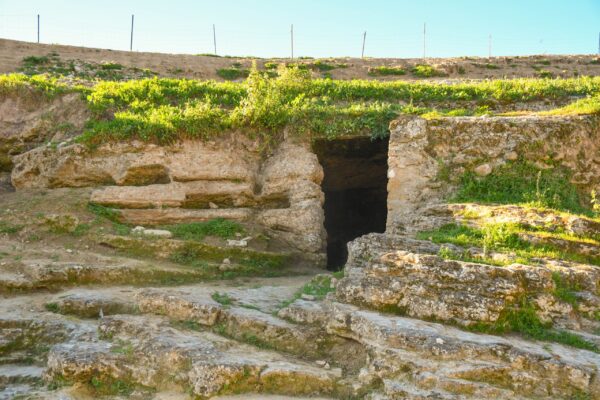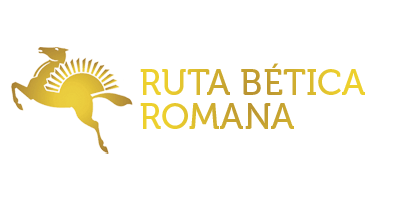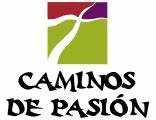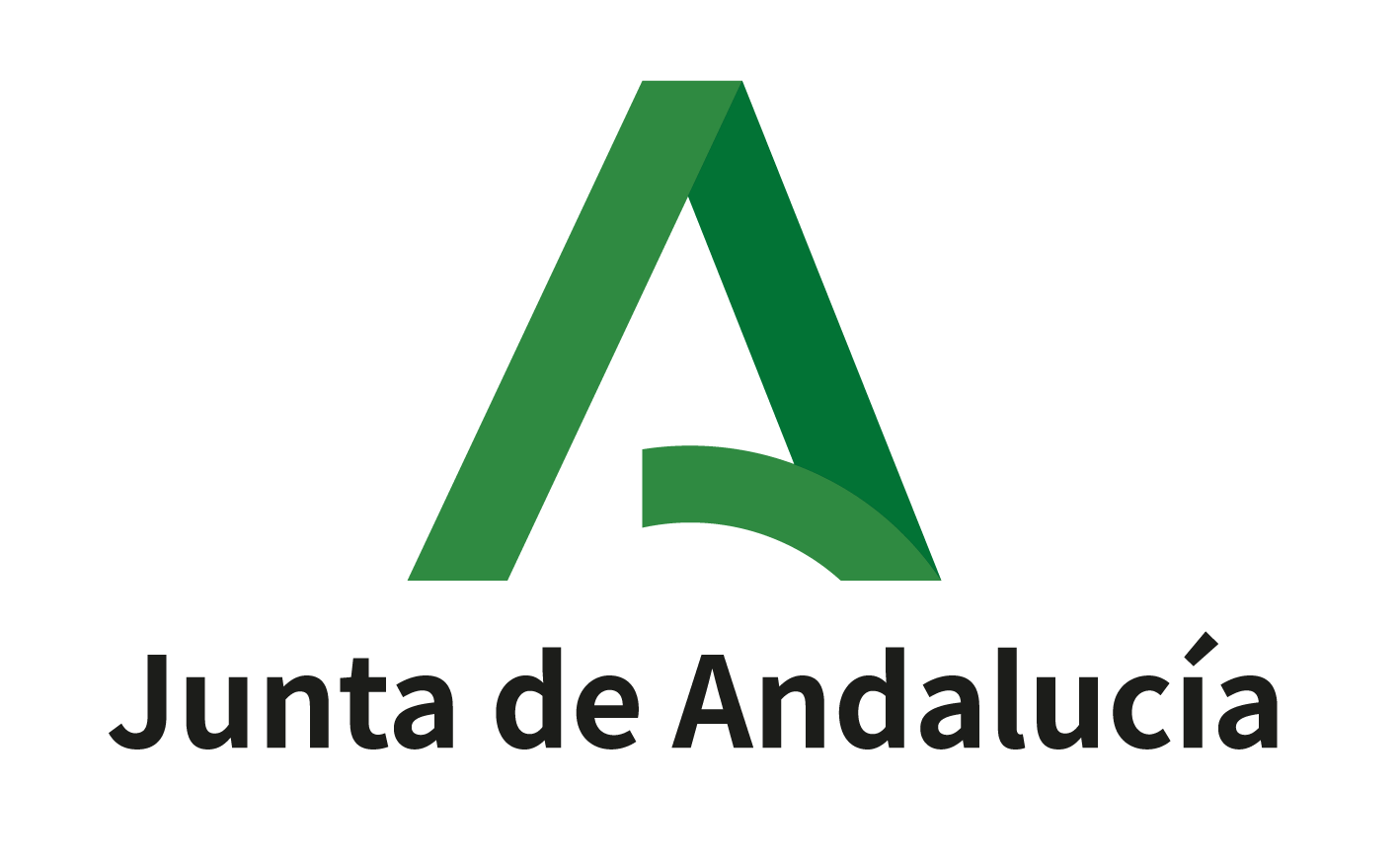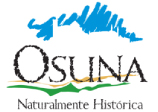
Necrópolis Late Roman
It is located in an open space, so Visitors can access it every day free of charge.Many of his remains are kept in the local Archaeological Museum.
If it had not been for the extensive looting of these caves, it could be said that Osuna would have one of the finest National Museums in Roman Pottery and Glassware..
Some caves appear divided into compartments with vaulted ceilings, carved into the rock, offering on their walls bird paintings. Researchers debate whether these are frescoes with purely pagan motifs or the earliest examples of paintings with Christian references, although most experts believe that they are later, from the early Christian period. A large number of tombs can be found in the ground.
Today, the most recent series of tombs remain visible from the enormous funerary complex, the latest ones dating back to the Visigothic period. The plundering of the Necropolis began early on, and it underwent its first systematic excavation between 1784 and 1785, at the request of José de Figueroa Silva Lasso de la Vega and financed by the State at the behest of the Count of Floridablanca. That space remained abandoned until the last quarter of the 20th century, when activities to restore it to its former glory were resumed.


